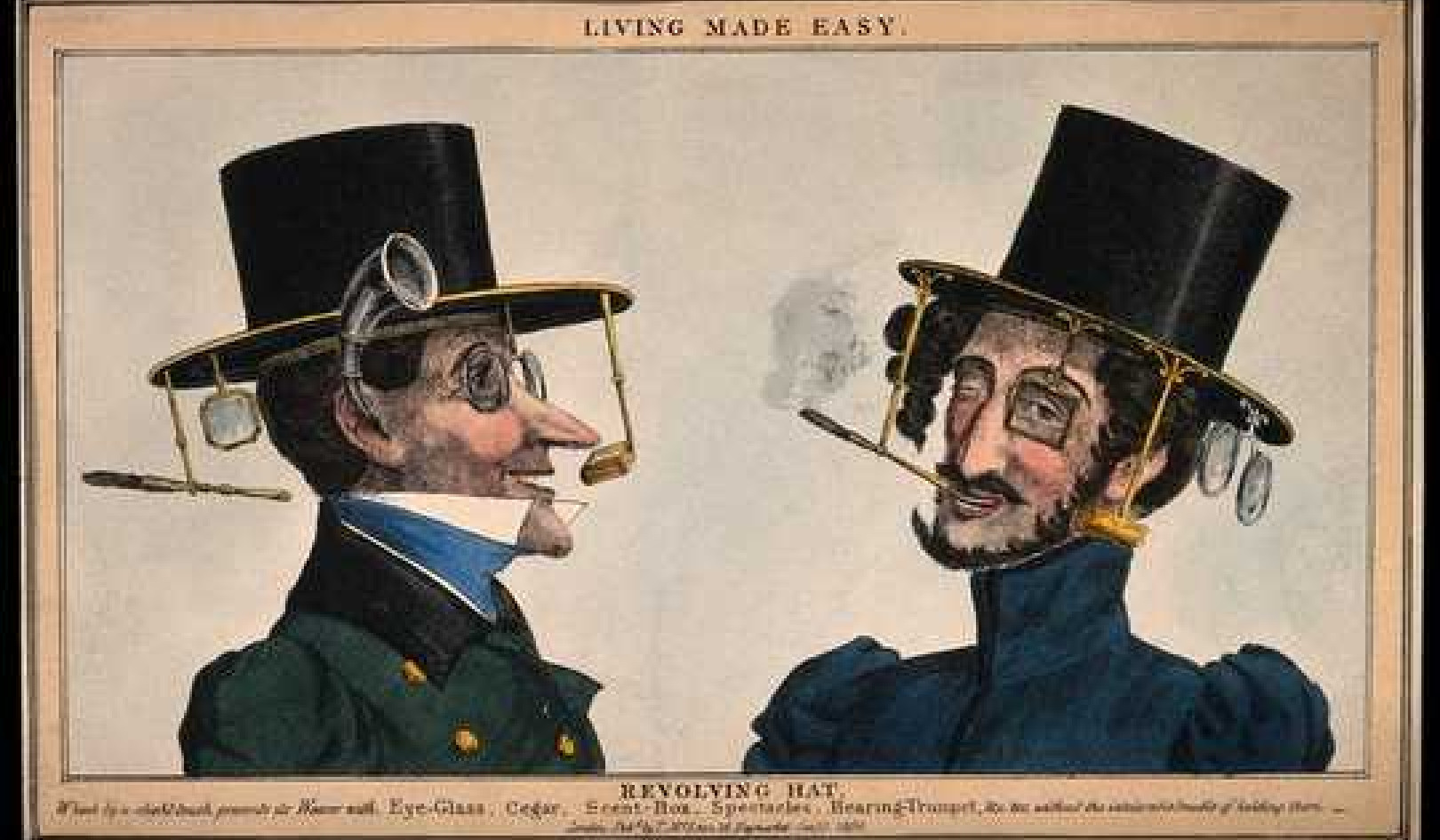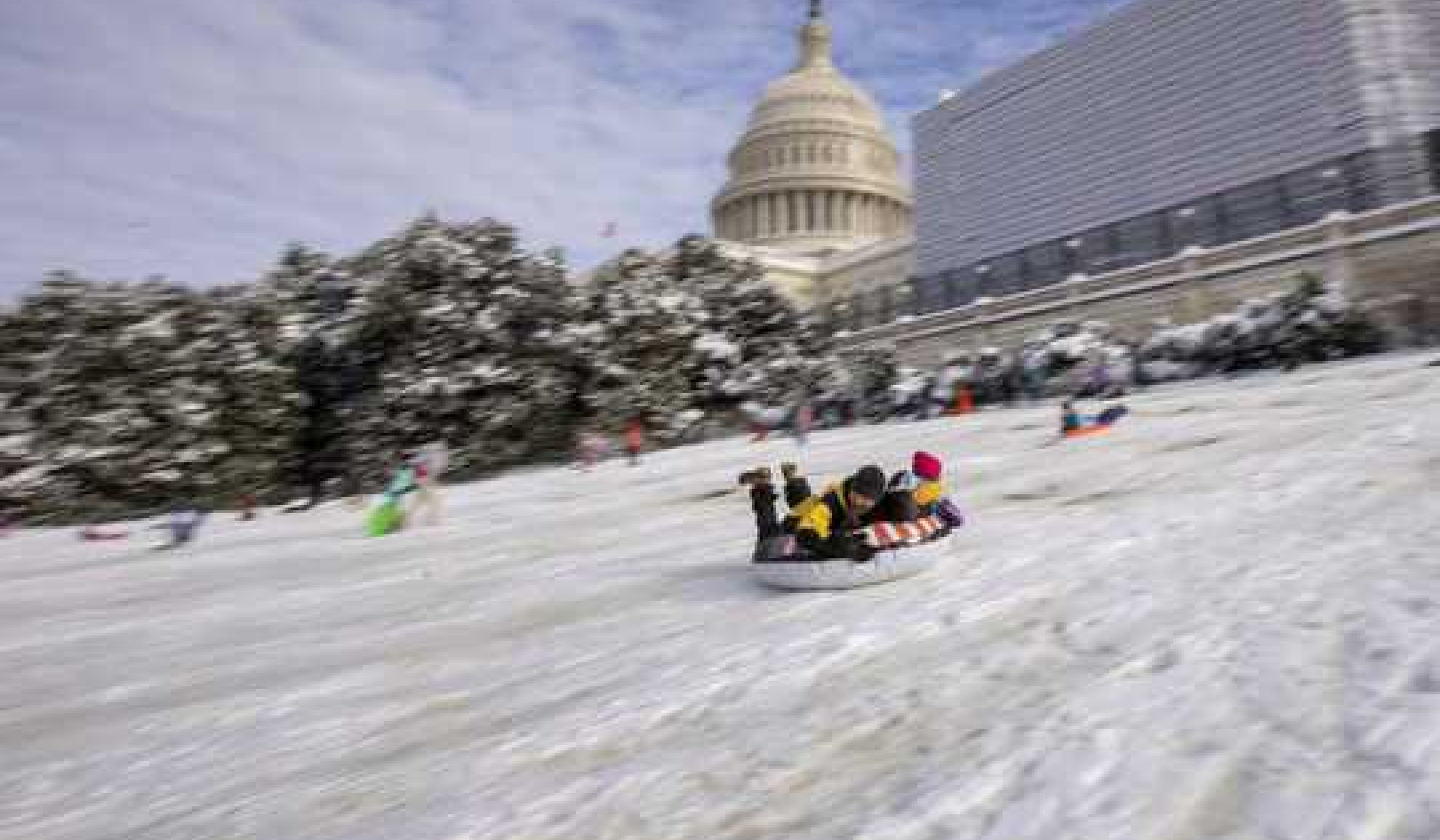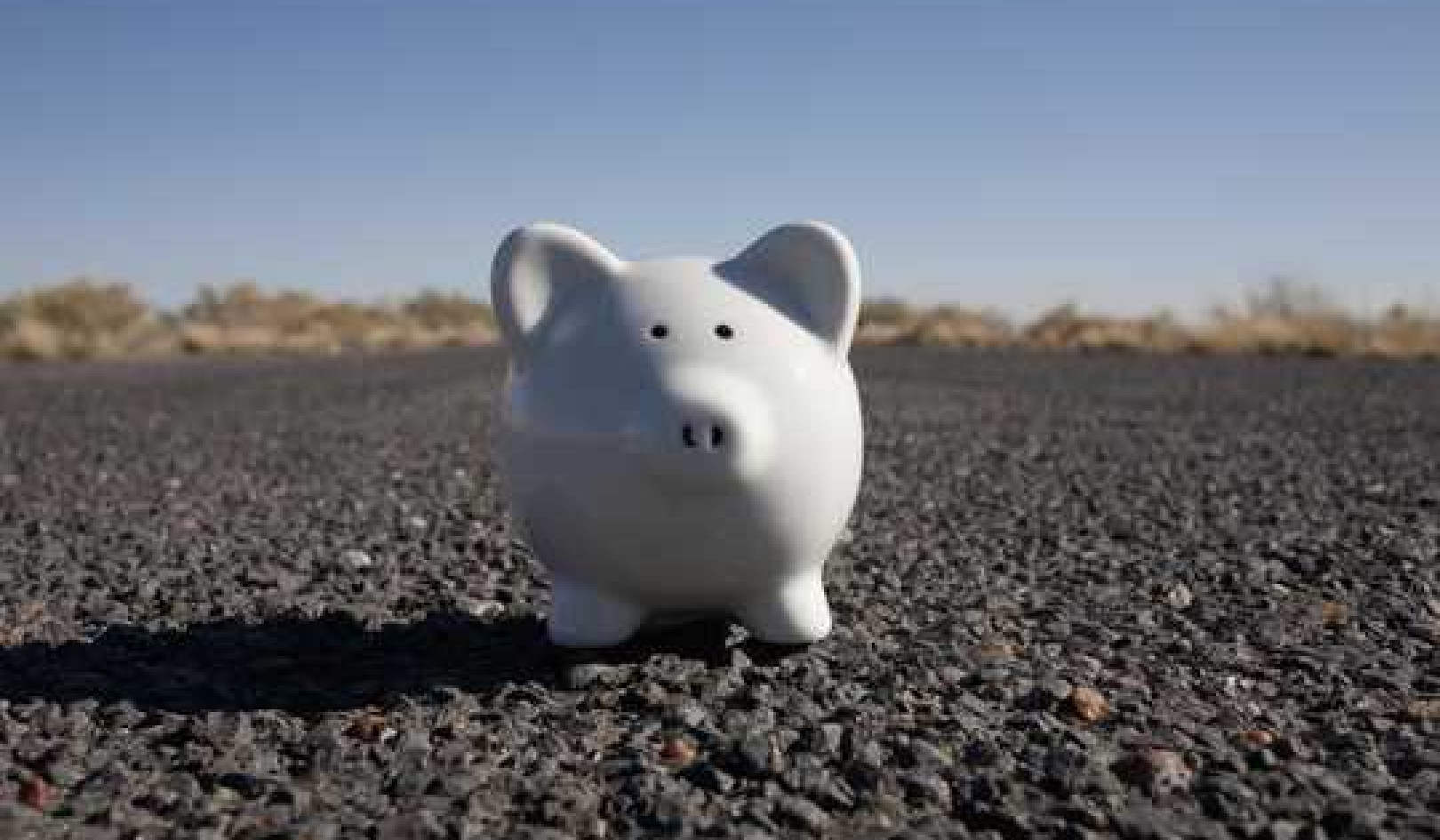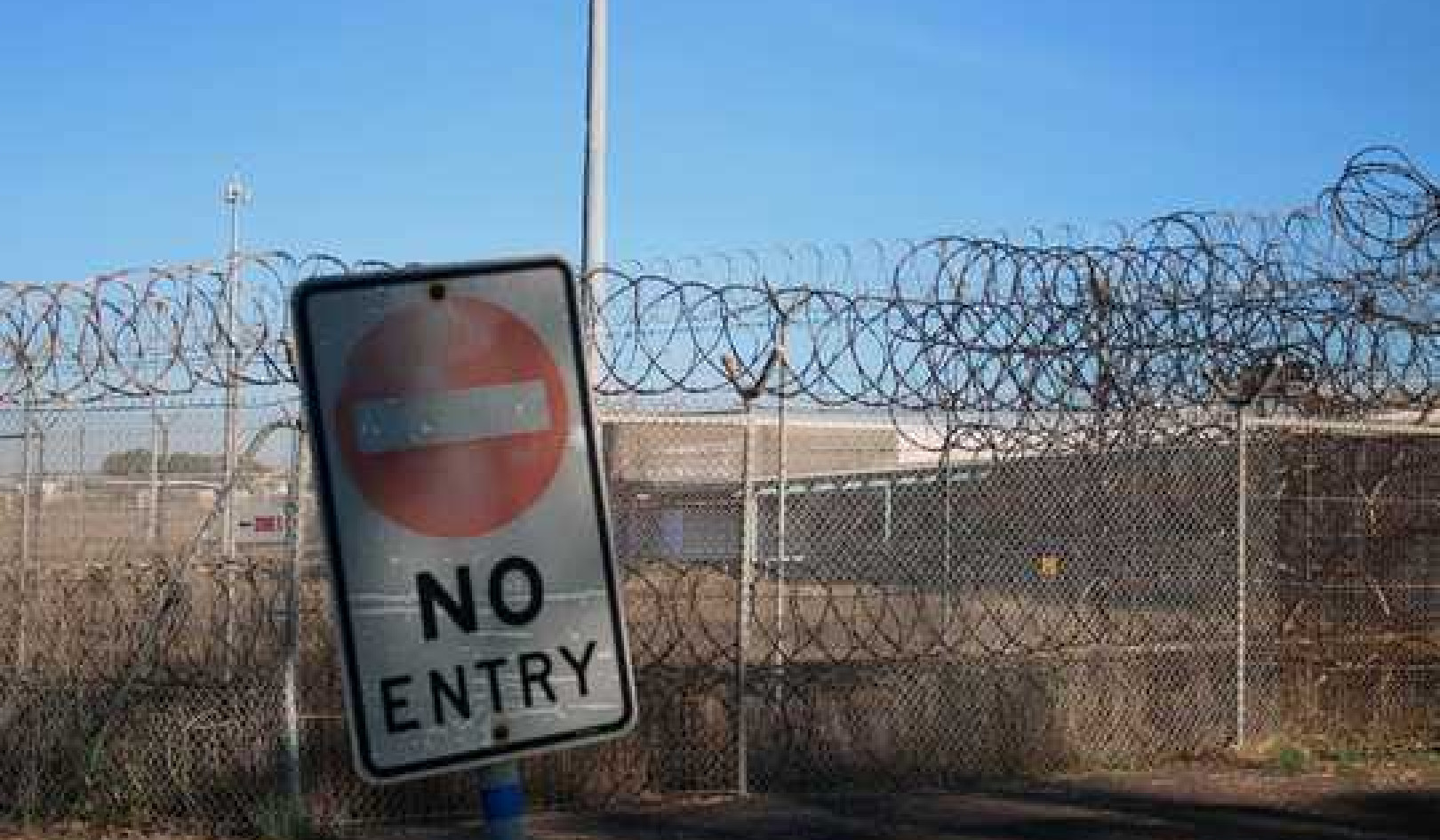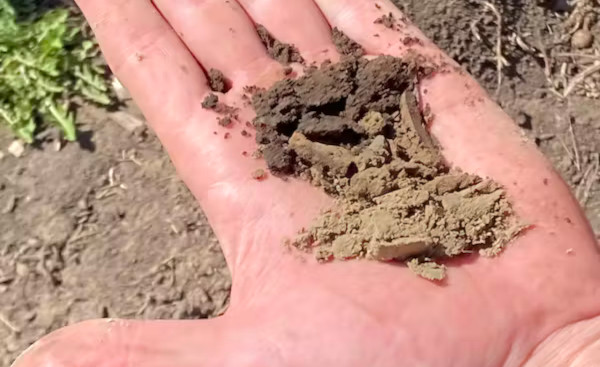
We must listen to the stories the soil tells, and repair our relationship with it. (Author provided)
How often do you think about the soil beneath our feet? We humans rely on the soil to provide us with a stable supply of food, clean water and clean air. Soils have lived histories and stories to tell. They are alive. Soil exists as a varied continuum across Earth’s surface reflecting the intersection of air, water, rock and life linked by the passage of time.
The soil can tell stories of their past to anyone who takes the time to listen. Yet despite our reliance on soil, humans entrenched in colonial mindset and systems have been poor soil stewards and generally ignorant to the destructive and extractive practices we inflict on soil.
If we do not listen to the stories of the soil, we as humans might destroy the soil which supports countless lives. Only by understanding our past and current relationship with soil can we reflect and change our partnership with soil from extraction and exploitation to respect, relationality and reciprocity.
Whether we know it or not, soils are the silent partner that sustains us. In the years and decades to come, what will our lasting legacy be in the story the soil tells?
Impacts of human activity
Over the past three years, we have worked with our community partner, Land of Dreams, a 30-acre community urban farm in southeast Calgary. The region has traditionally been stewarded by the Niitsitapi, Îethka Nakoda and Tsuut’ina Nations, and more recently Métis Nation Region 3.
The vision of Land of Dreams is to create a place where communities who are forcefully displaced from their land gather and reconnect to the soil through small-scale agricultural practices, while learning about Indigenous ways of stewarding the land. Our goal is to use STEM education to press for social justice and environmental protection.
Enacting this vision requires using Indigenous knowledge to carefully listen to the stories the soil reveals.
Digging deeper into this land, we encounter various faces of the soil shaped by climate, topography, parent material and time.
The Prairie Pothole region, where Land of Dreams is located, is typified by a mosaic of grasslands and wetlands.
Before European colonization, Indigenous communities had long histories of stewarding the land and living reciprocally with the soil.
We try to imagine, from the soil’s point of view, how detrimental the impacts of human activity have been. Until 2009, the soil experienced the cycle of harvest which involved the disruptive effects of annual soil tillage, vehicle traffic and the application of biocides for plants and animals deemed pests.
In 2010, the soil’s life-rich surface was stripped away and it was then pressed for the construction of a highway. This caused soil compaction, where the soil pores are pressed together and the soil becomes more rock-like. In this single event, human activity undid the thousands of years it took for the soil to be a space where life could thrive in harmony with the local climate.
Repairing our relationship with the soil
However, this is not the end of the soil’s story. Despite compaction causing the soil’s surface to become dry and dusty, some plants still grow. Ironically, plants such as dandelions and thistles that were carried here alongside European colonization also thrive on the soil impacted by colonial legacy.
Our observations show how some of the pasture soil continues to act as a refuge of native plants and animals, patiently watching the dandelions and thistles and waiting for a time when the compacted soil will be able to welcome them back.
Despite years of being forced into agricultural production, the soil of the nearby wetland quickly resumes its place as a home and provider to countless insects, birds, frogs, plants and mammals when left to be itself.
Over time the compacted soil will recover, but it will never be the same. It will carry the stories of disturbance and compaction, and of resilience and recovery.
As we envisage our future relationships with the soil, we should let the land guide us. We should listen to the soil as our teacher and relative. Despite the central role that soils play in the ecosystem and our food security, school curricula do not fully teach young minds about the soil. We run the Soil Camp, an educational project that explores what more soil-centric relationships could look like in action.
The next time you are walking on a sidewalk, a well-used trail in an urban park or your backyard, take a moment to think about the land and soil. Imagine what it was like five, 50 or 5,000 years ago. What or who has impacted and changed it? Is the soil still connected with its surrounding natural habitat? Asking these questions can help us take action to be a better partner to the soil beneath our feet.![]()
About The Author
Mathew Swallow, Associate Professor, Department of Earth and Environmental Sciences, Mount Royal University; Kori Czuy, Manager, Indigenous Science Connections, TELUS Spark Science Centre, and Miwa A. Takeuchi, Associate Professor, Learning Sciences, University of Calgary
This article is republished from The Conversation under a Creative Commons license. Read the original article.
Books on The Environment from Amazon's Best Sellers list
"Silent Spring"
by Rachel Carson
This classic book is a landmark in the history of environmentalism, drawing attention to the harmful effects of pesticides and their impact on the natural world. Carson's work helped to inspire the modern environmental movement and remains relevant today, as we continue to grapple with the challenges of environmental health.
Click for more info or to order
"The Uninhabitable Earth: Life After Warming"
by David Wallace-Wells
In this book, David Wallace-Wells offers a stark warning about the devastating effects of climate change and the urgent need to address this global crisis. The book draws on scientific research and real-world examples to provide a sobering look at the future we face if we fail to take action.
Click for more info or to order
"The Hidden Life of Trees: What They Feel, How They Communicate?Discoveries from A Secret World"
by Peter Wohlleben
In this book, Peter Wohlleben explores the fascinating world of trees and their role in the ecosystem. The book draws on scientific research and Wohlleben's own experiences as a forester to offer insights into the complex ways that trees interact with one another and the natural world.
Click for more info or to order
"Our House Is on Fire: Scenes of a Family and a Planet in Crisis"
by Greta Thunberg, Svante Thunberg, and Malena Ernman
In this book, climate activist Greta Thunberg and her family offer a personal account of their journey to raise awareness about the urgent need to address climate change. The book provides a powerful and moving account of the challenges we face and the need for action.
Click for more info or to order
"The Sixth Extinction: An Unnatural History"
by Elizabeth Kolbert
In this book, Elizabeth Kolbert explores the ongoing mass extinction of species caused by human activity, drawing on scientific research and real-world examples to provide a sobering look at the impact of human activity on the natural world. The book offers a compelling call to action to protect the diversity of life on Earth.























